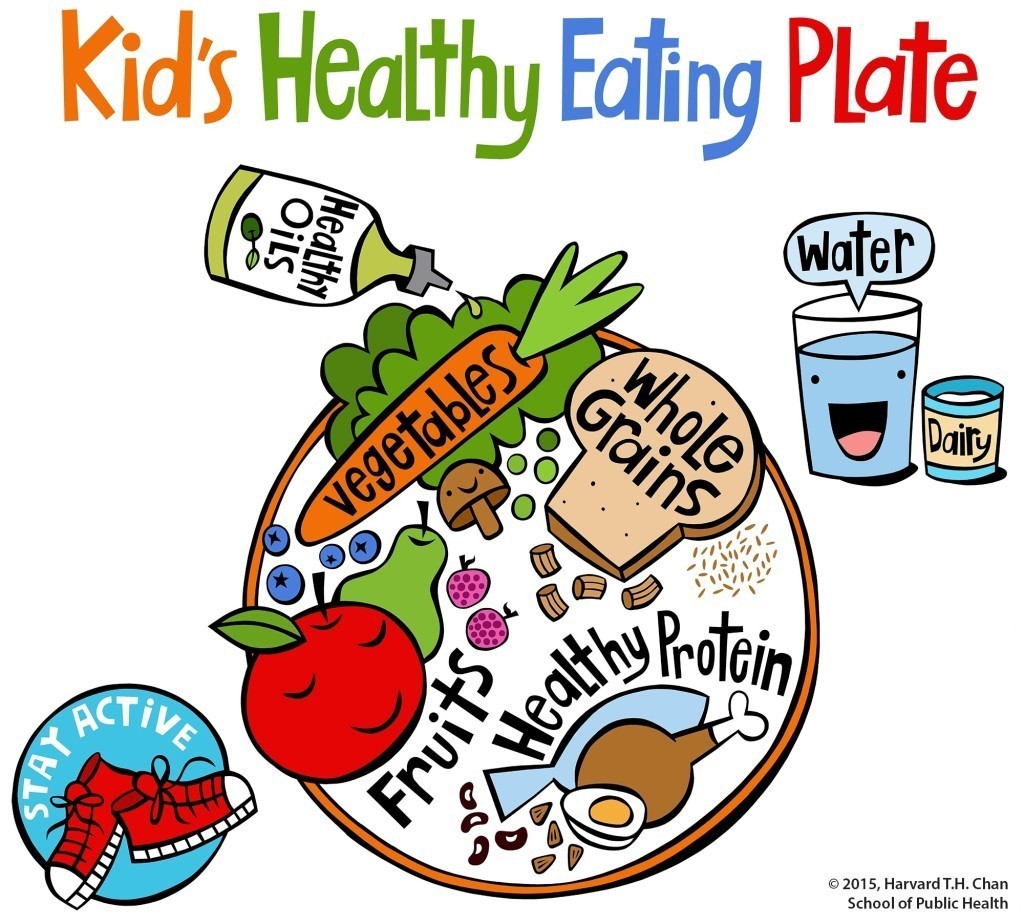By Kenda Hettinger a recent ASU Nutrition Student
Why should we be concerned?
We recently got some sad news regarding childhood obesity, it’s has not gotten much better over the last few years. The national obesity rate for children age 10-17 is 15.3%, compared to 16.1% in 2016. Another way to look at this, 4.8 million kids in the United States are obese. Arizona is below the national average, at 13.2%.
Obesity can lead to type 2 diabetes, high blood pressure, coronary artery disease, certain types of cancer, sleep apnea, fatty liver disease, osteoarthritis, and many more complications. Controlling our weight is so much more than how we look and fit in our clothes. Our weight affects how our bodies operate and grow.
How do we protect our kids?
- Education – Start by educating your children on why we eat. We consume food to fuel our bodies. In my home, we eat dinner together and we often go over the benefits of what we are eating. My five year old will tell you that nuts help your brain, vegetables help prevent illness, and water is the most important thing you put in your mouth. It helps when our kids understand that our foods have very important roles in our bodies.
- Exercise – Make it a family affair. There are great kids yoga and exercise videos available for free on YouTube. Buy a ball and go outside to kick it around while you grill some non-processed meats and veggies. Pack up dinner and take it to a park to play and picnic.
- Diet – The best change most anyone can make is to take the refined sugars out of the diet. Candy, desserts, sodas, sweetened teas, and juices should all be limited to special occasions only. Focus on vegetables because they have the most nutrients for the least amount of calories. When losing weight specifically, vegetables should make up the largest portion of your plate.
Below is a great illustration from Harvard Chan’s school of public health on how a kid’s plate should be structured.

Fill your plate has many wonderful resources for a healthy lifestyle. Check out the recipe section or the produce in season tab for more information
Resources
https://stateofchildhoodobesity.org/children1017/
https://www.niddk.nih.gov/health-information/weight-management/health-risks-overweight#problems

